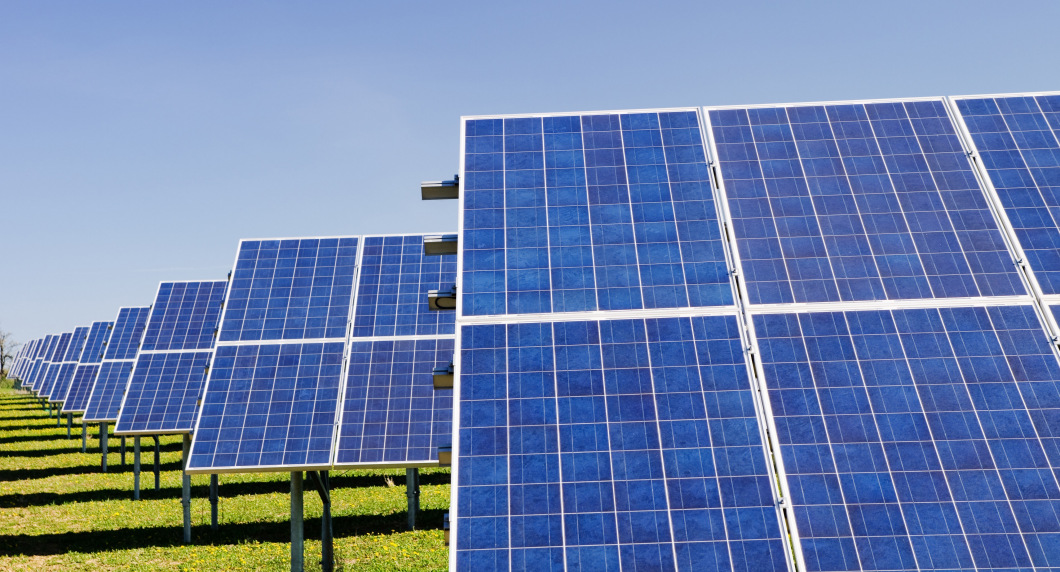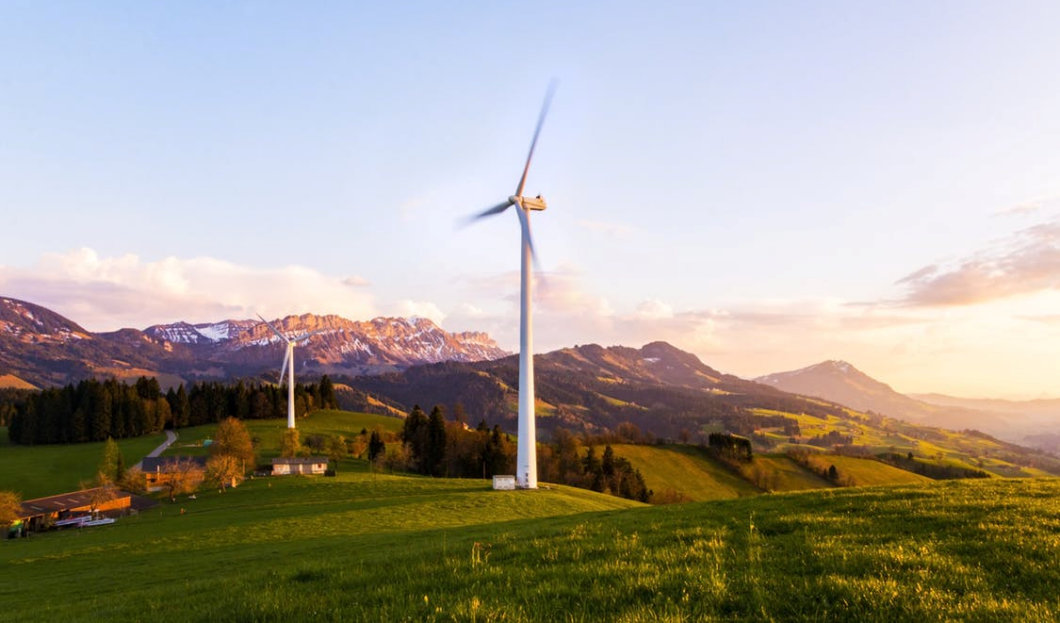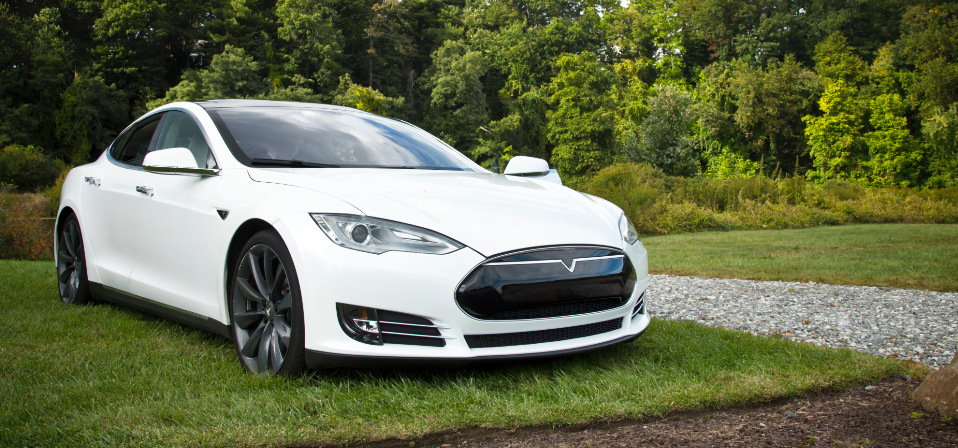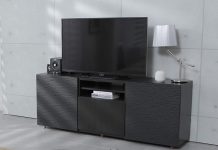Investments in Clean and Renewable Energy
The renewable energy sector is one of the fastest-growing industries worldwide, but access to funding is one of the most crucial aspects when it comes to turning plans and initiatives into realities. In the clean energy sector, timely funding can help shorten the production cycle and streamline the development of innovative and energy-efficient products (1, 2).
Across the United States, the total investment in renewable energy production amounts to tens of billions of dollars (3). Investment sources can be classified into two types:
a) Government, philanthropic, and non-profit organizations
Within these sectors, investment was spurred by the 2009 American Recovery and Reinvestment Act, which extended the scope of investment beyond grant and rebate programs into R&D initiatives and financial support for residential improvements. The Act also increased the allowance allocated under Clean Renewable Energy Bonds (4).
Key non-profit players include PRIME Coalition, whose mission is to connect philanthropists with companies in need of funding for clean energy projects. Similarly, ACORE fosters collaborative advocacy, bringing together key stakeholders like financiers, policy makers, and technology companies. These organizations are also helping widen the reach of the green energy sector by offering sponsorship opportunities for their events (5, 6).
 Corporates with an interest in clean energy
Corporates with an interest in clean energy
Major banking and financial institutions have shown interest in financing clean energy initiatives in the US, since the renewables sector is increasingly perceived as a strong asset that can bring attractive benefits and diversify corporate portfolios (7). Wall Street institutions like Morgan Stanley have made major commitments to funding clean energy ventures and low-carbon assets (8).
Others (like Wells Fargo) have followed suit, making clean energy funding part of their corporate social responsibility strategy. Also worth mentioning is JP Morgan, which has made solar, geothermal, and wind energy investments and funded green infrastructure projects (9, 10).

Overall, the US is the world's second most attractive country for investors in the renewable energy sector (11).
Low-Energy Tech and Trends in the US
As a result of the investment and support initiatives that have been poured into the clean energy sector over the past few decades, low-energy tech is now widely available and affordable and has become part of our everyday lives. This is evident in three main areas:
a) Household appliances, heating and cooling
The sales volume of energy-efficient household devices and appliances (such as those compliant with the Energy Star program) is constantly on the rise. A notable trend is the adoption of inverter-based technology, which makes appliances like refrigerators, washing machines, and air conditioning units cheaper to run, less noisy, and better performing (12, 13). The Energyboom.com website is committed to helping to promote and encourage the uptake of Energy Star qualifying products by the average consumer.

b) Green construction and sustainable buildings
Emerging clean energy trends don't only apply to households, but also to buildings themselves, which are becoming more energy efficient. Key trends include clean tech that improves indoor air quality, the development and implementation of green building certification standards nationwide, a focus on reducing construction waste by taking a modular approach, and promoting prefabricated units. Other trends include buildings that store (and not only consume) energy, rainwater collection systems, and built-in water and air purification systems (14, 15).
c) Vehicles and transportation
The interest in clean tech automobiles is one of the main consumer trends in the US motor vehicle industry. Charging infrastructure is improving, and so are prices, which means driving an energy-efficient car is becoming a feasible option for many US drivers. Major manufacturers are widening their range of EV or hybrid vehicles, and there is a growing interest from utilities to use EV and EV charging infrastructure as grid assets (16).
Sources & Citations
This Energyboom article contains information and quotations from a variety of sources, including the following:- (1) https://www.carbonbrief.org/iea-renewable-electricity-set-to-grow-40-globally-by-2022
- (2) https://www.weforum.org/agenda/2021/01/clean-energy-renewable-growth-sustainable-key-trends/
- (3) https://www.forbes.com/sites/energyinnovation/2021/07/11/top-renewable-energy-financiers-reveal-pathway-to-1-trillion-in-u-s-investment/#5563568d34b0
- (4) https://www.renewableenergyworld.com/articles/2009/02/clean-energy-aspects-of-the-american-recovery-and-reinvestment-act.html
- (5) https://primecoalition.org/what-is-prime/
- (6) https://acore.org/what-we-do/
- (7) https://acore.org/investmentsurvey/
- (8) https://www.chron.com/business/energy/article/Morgan-Stanley-s-low-carbon-financing-plan-brings-12866466.php
- (9) https://www.greenbiz.com/article/why-jpmorgan-chase-committed-200-billion-clean-financing
- (10) https://stories.wf.com/wells-fargo-commits-200-billion-toward-sustainable-financing/
- (11) https://www.forbes.com/sites/williampentland/2021/05/01/u-s-becomes-second-most-attractive-country-for-renewable-energy-says-new-study/#2a865abb2223
- (12) https://www.statista.com/statistics/785502/global-energy-efficient-devices-market-size/
- (13) https://www.appliancedesign.com/articles/95541-the-shift-towards-energy-efficient-appliances-continues-to-drive-growth-in-the-home-appliance-market
- (14) https://livingbuilding.kendedafund.org/2021/01/09/five-green-building-trends-2021/
- (15) https://c-r-l.com/content-hub/article/green-construction-trends/
- (16) https://www.greentechmedia.com/articles/read/how-vehicle-electrification-will-evolve-in-2021#gs.I5U9Nw8








